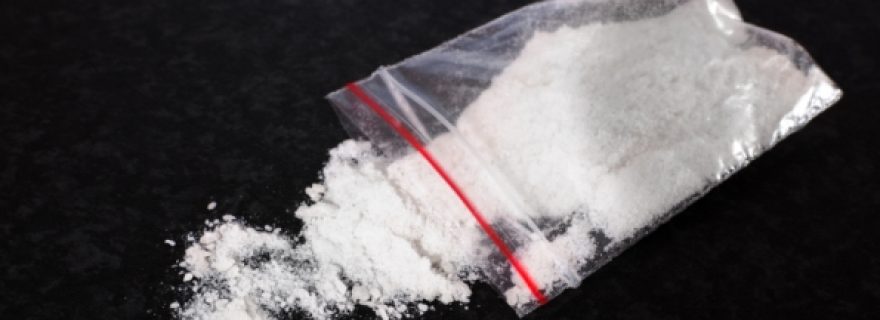“Meow meow”? Dangerous “bath salts” for fun
“Meow meow”, "drone”, “bubbles”, "M-Cat” are cute names for a new class of designer drugs: Mephedrone. How dangerous are they?
A cheap and simple alternative
In recent years a new class of designer drugs has appeared on the market. The most popular synthetic cathinone in EU countries is mephedrone, also called by cute names such as “Meow meow” , "drone”, “bubbles” or "M-Cat”. Mephedrone is often seen by students as a cheap alternative to MDMA. However, do users know what they are actually consuming?
Mephedrone was synthesized by Roger Adams for the first time in the late 1920s. It is a derivative from the psychoactive alkaloid cathinone occurring naturally in the plant khat (Catha Edulis). Nowadays, to circumvent the legislation for controlled substances, it is marketed as “bath salts” in Europe or “plant food” in the US, and commonly labeled “not for human consumption”.
Synthesizing mephedrone is relatively simple and can be carried out with similar equipment and knowledge as used for amphetamines. It is particularly popular among young people and can be easily bought on the internet. Mephedrone is typically sold in powder form and is generally described as white crystalline powder with a light yellow color. The most common ways to use it are snorting, oral ingestion, diluted in drinks or wrapped in smoking paper (known as “bombing”), and intramuscular or intravenous injections.
A deadly combination drug?
Mephedrone and other synthetic cathinones are mainly used in conjunction with other drugs, including GHB, alcohol, cannabis, opiates, cocaine, MDMA, ketamine, and amphetamine. Once they have taken mephedrone, users experience increased alertness, increased energy and motivation, euphoria, excitement, improved mood, sociability, reduced appetite, and mild sexual stimulation. However, in case of high doses, common adverse symptoms are hyperthermia, insomnia, agitation, hallucination, confusion, nausea, vomiting, and chest pain.
Especially in the UK, there have been well-documented deaths associated with mephedrone use. Nevertheless, the data must be interpreted with caution due to the possible concomitant consumption of synthetic cathinones and other recreational drugs such as alcohol, cannabis, cocaine, amphetamine or opioids. Given that mephedrone use is a relatively new phenomenon, its addictive potential has so far received only limited investigation in comparison with other psycostimulants.
Disputed cognitive deficits
Only few studies have investigated cognitive deficits associated to mephedrone exposure in humans. Freeman and colleagues found that mephedrone users showed significant deficits in working memory performance compared to controls. Herzig and colleagues instead speculated that “mephedrone consumption does not necessarily exert a negative impact on cognitive functioning by itself. Instead, mephedrone users are likely those individuals who are prone to consuming other psychoactive drugs in conjunction with mephedrone.”



0 Comments